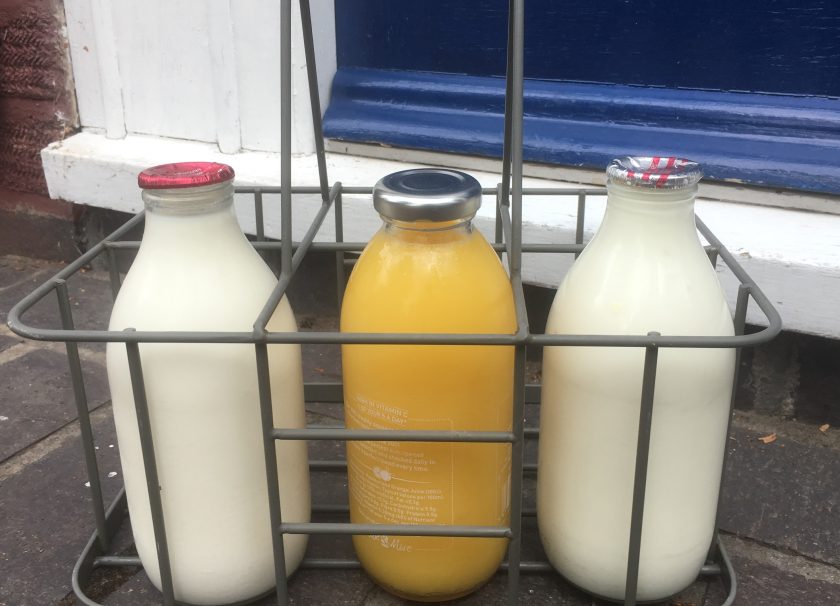
The British public turned to the traditional milkman during lockdown as retailers struggled to keep shelves stocked with milk, new analysis shows.
Business boomed for dairy doorstep delivery as consumers opted for the iconic glass milk bottle during the Covid-19 lockdown period.
According to Kantar, milkmen skimmed an additional 190,000 housebound customers from February to June.
Meanwhile, retailers struggled to stock shelves with essential dairy items such as milk, butter and cheese.
As well as this, many services were forced to close to new customers as demand outstripped supply.
Though numbers have fallen back slightly as Covid restrictions lifted, many customers have retained the service, at 671,809 in mid-August compared to 526,876 in February, a 27.5% rise.
The pandemic has also brought a new demographic to doorstep delivery, as traditionally, the milkman customer is older and more-affluent.
However, lockdown brought in younger couples and families, which account for 46% of milk bought by new customers compared to pre-lockdown, where only 21% of milk was bought by younger customers.
AHDB, which analysed the Kantar figures, said there was an opportunity for the dairy industry to attract and retain new customers in these demographics.
It said environmental credentials should be emphasised, such as non-plastic packaging and the use of electric floats for distribution.
AHDB consumer insight manager, Susie Stannard noted that higher prices compared to supermarkets had always been a limiting factor for mass uptake of doorstep delivery.
"But the pandemic means all bets are off, with consumers willing to pay more for convenience and safety," she added.
“As restrictions tighten once more and many areas face local lockdown, there is clear potential to develop the market further for milk and other essentials.”
